This programme aims to support teachers develop their leadership, improvement and coaching skills in the context of digital skills. It will provide the skills and knowledge to develop a strategic plan based on the needs of your colleagues, learners and wider school community; develop your understanding of improvement methodology and support you undertake an enquiry-based …
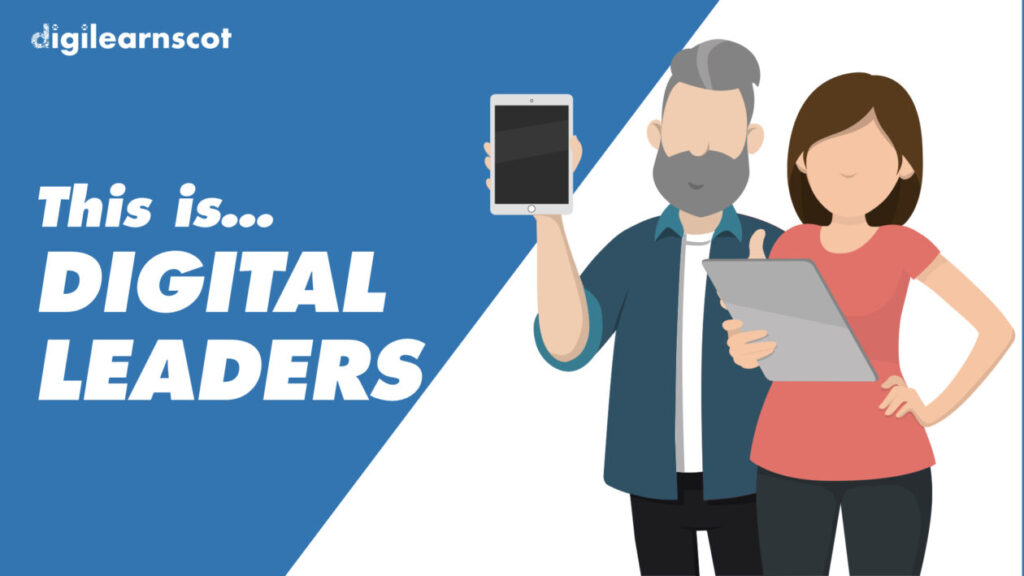

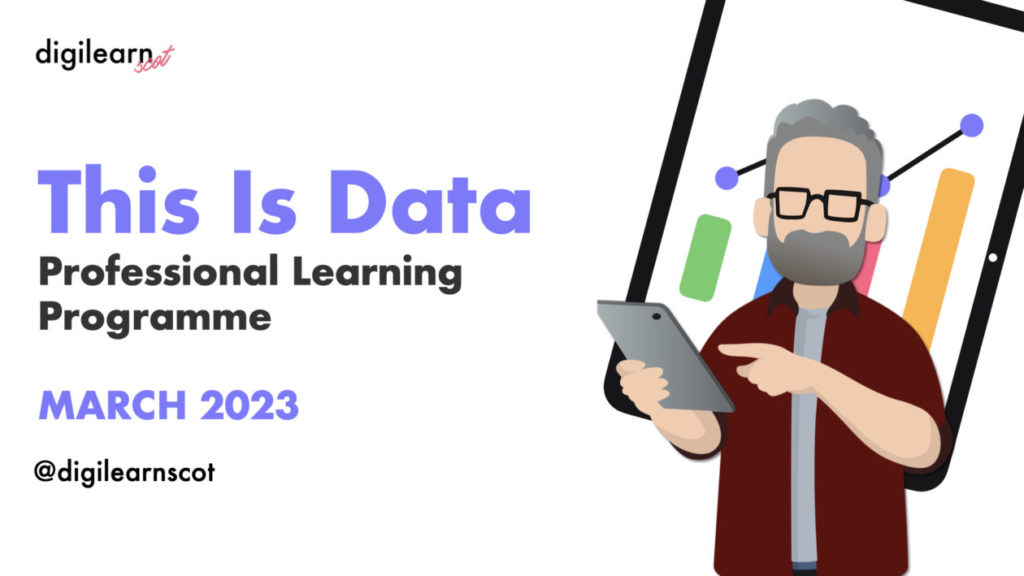
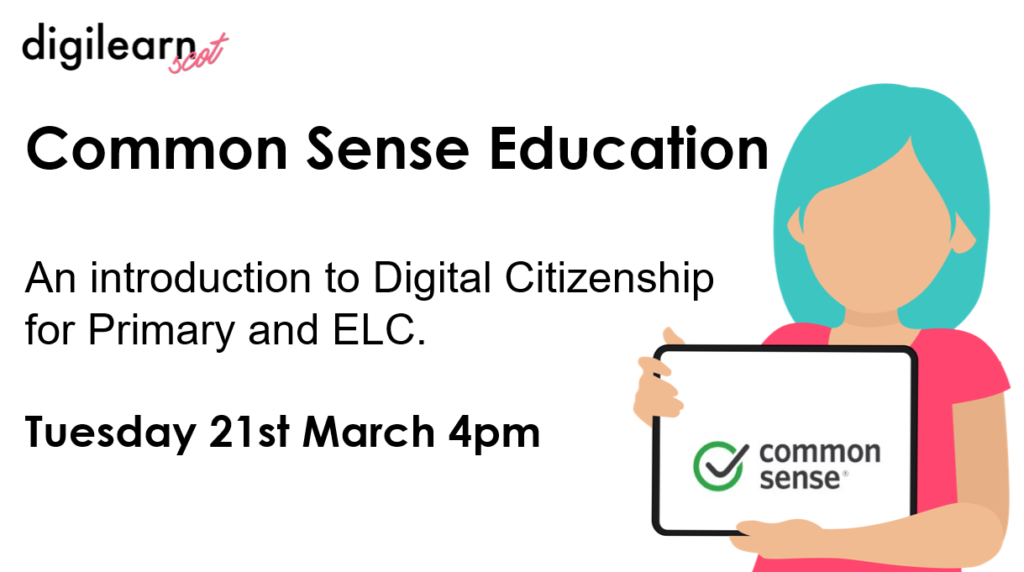
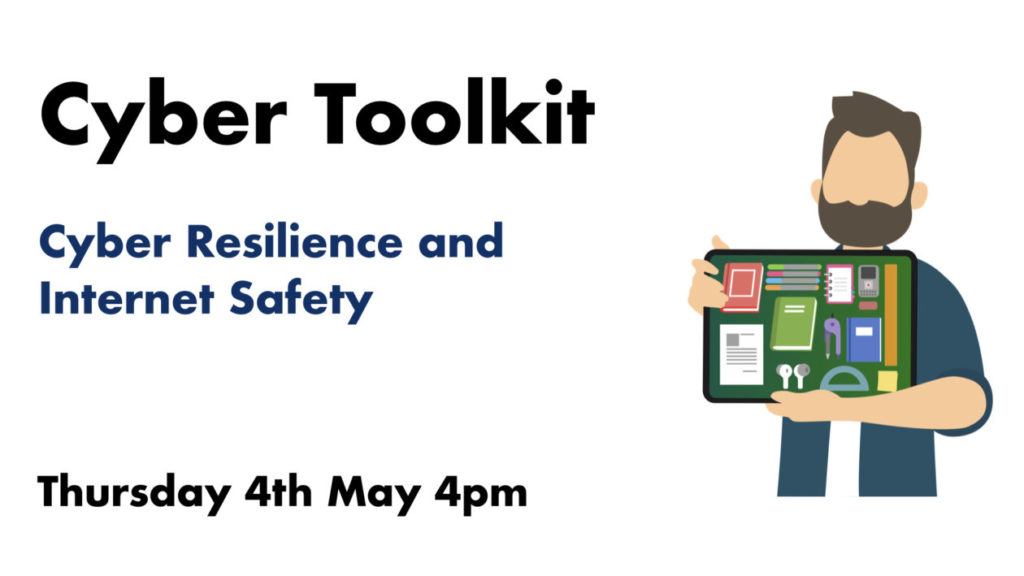
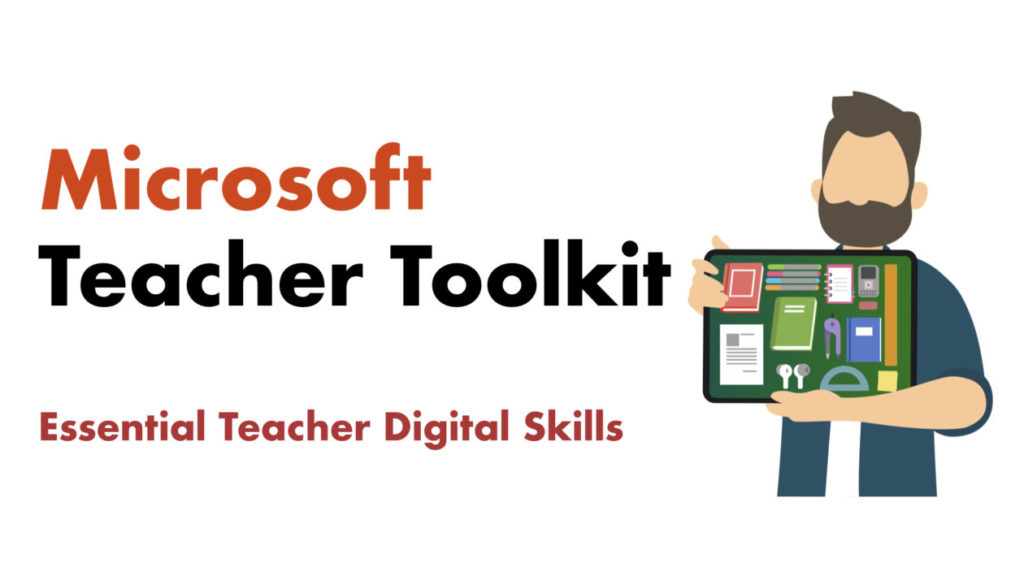

You must be logged in to post a comment.